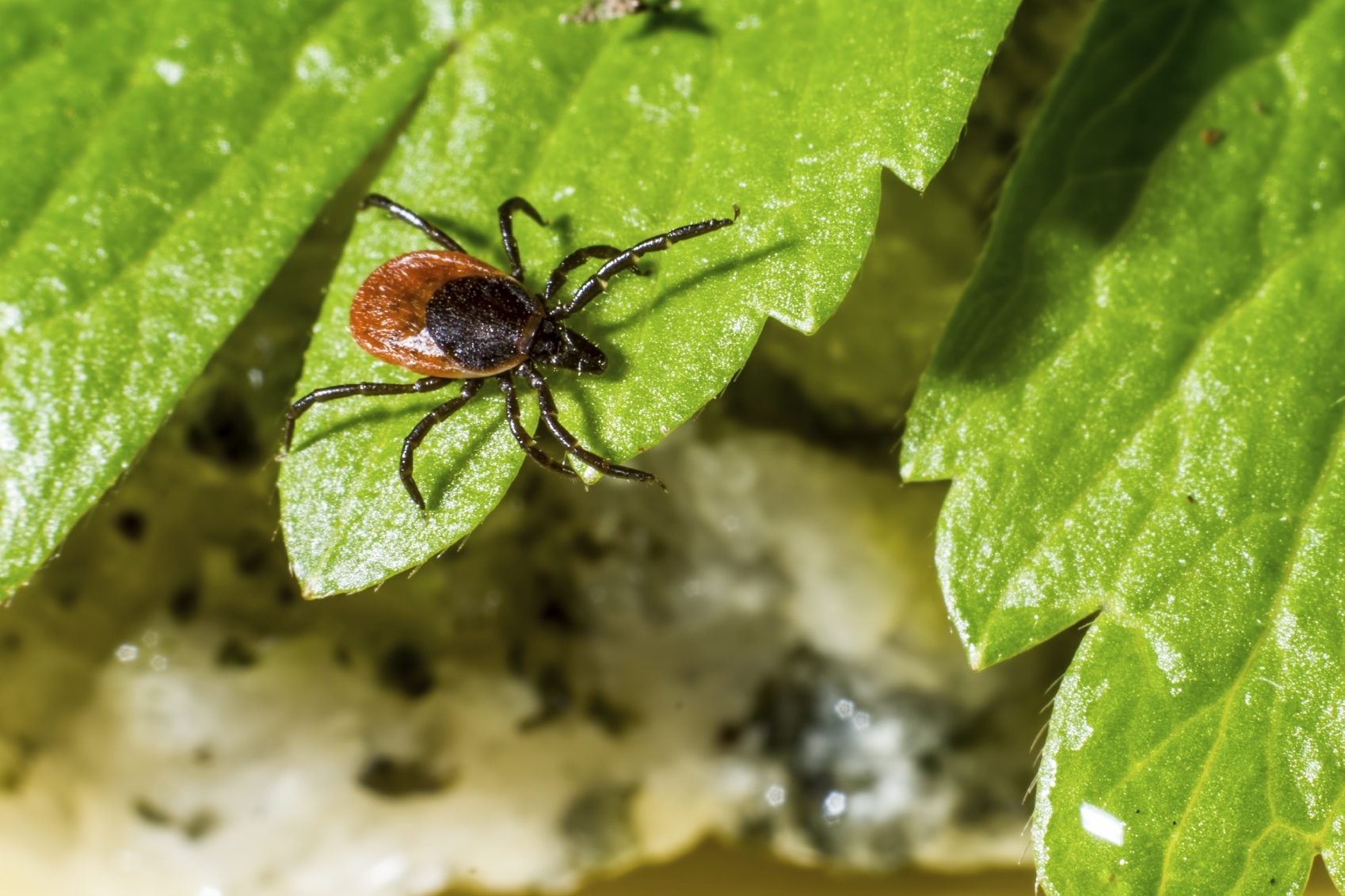Preventing Ticks: How To Get Rid Of Tick Naturally In The Landscape


Ticks are nasty little pests that feed on the blood of vertebrates – including you and your pets. If you’re anxious to learn about preventing ticks or you want to know how to get rid of ticks, read on for more info.
Controlling Ticks in my Garden
Ticks can carry lyme disease and other of dangerous diseases, and although there are several types of ticks, they all have eight legs and rounded bodies. Contrary to popular belief, ticks don’t jump or fly and they don’t fall from trees. However, they wait on convenient places such as brush, shrubs or blades of grass, where they are primed to grasp warm bodies that walk by. Usually, they begin on the lower legs, then work their way up the body until they find a handy place to dine. It is for this reason that tick control for yards and gardens is important. If possible, make an effort to get rid of ticks naturally. Natural control is safer for people, pets and the environment, and natural techniques are generally much more effective than pesticides. If you notice ticks, spray or dust the borders of your yard with a product containing pyrethrins, which are natural insecticides produced by pyrethrum daisies. Some products may consist of a synthetic compound derived from the natural substance. Additionally, you can treat areas around doghouses or kennels, as well as shrubbery and grassy or brushy areas.
Preventing Ticks
When it comes to ticks, the old adage is true: An ounce of prevention is worth a pound of cure. Keep in mind that ticks are most prevalent in the 3- to 4-foot perimeter surrounding your yard. This is the high risk zone that requires the most attention. Your goal is to make this area as unfriendly to ticks as possible. Begin by removing brush and debris in the tick zone, then place a thick layer of gravel or mulch over the zone to create a barrier between your lawn and the outer world. Locate children’s play areas and picnic or recreational areas safely away from the perimeter. Consider placing a layer of mulch made from recycled rubber or cedar chips under swing sets to prevent abrasions to tender knees and elbows. The following tips on preventing ticks can also help with tick control in yards:
- Brush pets carefully after they’ve been exposed to brush or tall grass. This will remove the ticks while they’re still relatively easy to deal with, and will keep the pests from taking up residence in your home.
- Locate woodpiles a distance away from your home, and stack the wood neatly to prevent hiding places for mice and other critters that attract ticks.
- Keep your pet’s bedding and sleeping area clean.
- Avoid dense groundcovers or crowded flower beds.
- Prune trees and shrubbery regularly to prevent dark, damp areas that attract ticks.
- Treat your pet with a tick or flea repellent regularly. Natural products are available.
Gardening tips, videos, info and more delivered right to your inbox!
Sign up for the Gardening Know How newsletter today and receive a free copy of our e-book "How to Grow Delicious Tomatoes".

A Credentialed Garden Writer, Mary H. Dyer was with Gardening Know How in the very beginning, publishing articles as early as 2007.
-
 8 Noteworthy Native Azaleas Every Gardener Should Know – And Grow!
8 Noteworthy Native Azaleas Every Gardener Should Know – And Grow!Native azaleas offer brilliant blooms in a range of colors and sizes. Here are a few favorites to get inspired and start working on a native shade garden!
-
 Growing Climbing Roses: How To Create Elegant Displays With Maximum Blooms
Growing Climbing Roses: How To Create Elegant Displays With Maximum BloomsMaster the art of growing stunning climbing roses with this essential guide to creating vibrant, fragrant walls and structures all summer long.